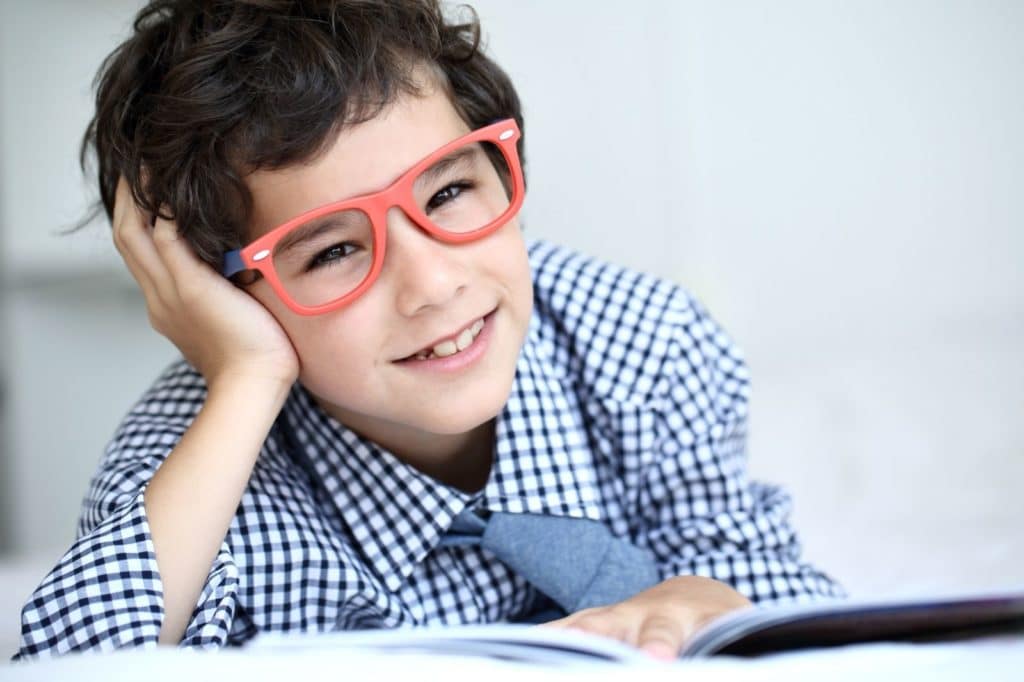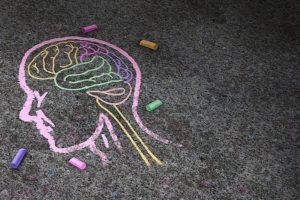Mental health can be such a complex topic to navigate; from symptoms and diagnoses to medications and types of treatment, it is easy to become overwhelmed. Let’s break down the most common (and confusing!) terms that come up when talking about children’s mental health. Below is our glossary of terms!
disorders
mood disorders
If you’ve been around mental healthcare settings, you’ve likely stumbled upon the term “Mood Disorder.” Also known as Affective Disorders, Mood Disorders make it challenging to manage our moods and emotions.
Some of the most common Mood Disorders our children experience are Depressive Disorders, such as Major Depressive Disorder and Bipolar Disorder.
- A child diagnosed with depression may not enjoy things as much as they used to, spend less time with friends, appear tearful, sad, or irritable, and may have trouble concentrating. You may also notice that their grades are slipping, and, in severe cases, they may contemplate suicide.
- Kids diagnosed with Bipolar Disorder cycle between highs, called manic episodes, and lows, or depressive episodes. The mood changes are more extreme than those experienced in childhood and are often unprovoked.
A child will experience symptoms of depression during depressive episodes. When manic, however, a child may talk fast about many different things, show intense happiness or silliness, may not feel tired, have a short temper, and may engage in risky or reckless behavior.
Disruptive Mood Dysregulation Disorder, a newer diagnosis, is not as well-known. It’s marked by severe temper outbursts that are extreme for the situation, and an angry or irritable mood that lasts most of the day, nearly every day. Occasional temper tantrums are a normal part of growing up. However, when children are irritable and angry most of the time, it may point to disruptive mood dysregulation.
anxiety disorders
Many are also familiar with anxiety disorders, as they are very common among children and teens. While fear and worry can be normal in childhood, anxiety disorders may be irrational or unreasonable, significantly affecting the child’s day-to-day life.
When anxious, a child may cry or become irritable. They may also have somatic complaints or physical demonstrations of a mental illness, such as headaches or stomachaches.
The most common anxiety disorders experienced by children include separation anxiety, phobias, and social anxiety.
- Phobias, or extreme fears of specific things and situations, cause kids significant distress that interferes with their usual activities.
- A child experiencing separation anxiety may refuse to go to school, become overly clingy, throw tantrums when separated from their parents, or may express an intense fear about the safety of their parents and caretakers.
- Social anxiety may cause a child to avoid social situations, have few friends, and fear meeting people.
attention deficit hyperactivity disorder (ADHD)
ADHD has been in the spotlight in recent years. The term has been used to describe particularly unruly kids that have a hard time being still for any length of time. However, ADHD and its effects go much deeper, affecting children’s brain chemistry and significantly interfering with their functioning.
While the diagnosis includes impaired attention and hyperactivity, the disorder is broken out into subtypes: inattentive, hyperactive, and combined.
- Kids with hyperactive subtype ADHD are impulsive and constantly “on the go.” They may fidget by tapping their hands and feet or squirming in their seat, talk excessively, have trouble waiting their turn, and interrupt others.
- Inattentive subtype ADHD makes it difficult for children to pay attention and stay organized. Common indicators of this subtype include having a hard time listening or paying attention, becoming distracted easily, and making what appear to be careless mistakes. They may also lose school supplies or forget to turn in homework more often than the average kid and have trouble following multiple commands.
- Combined ADHD, which impacts attention and hyperactivity, happens to be the most common subtype.
Contrary to popular belief, ADHD doesn’t exclusively affect children. While ADHD begins in childhood, it can continue into adulthood, and about one out of every four children diagnosed with ADHD have a parent who is also affected by the illness.
Caring for a child diagnosed with ADHD can be hard, especially when they appear to misbehave, but it’s important to note that their struggles with impulsivity and inattention make it harder for them to do well in school and at home.
If you suspect a child is experiencing ADHD symptoms, a comprehensive evaluation is the best way to support them. Without treatment, they may fall behind in school, their friendships may suffer, and the challenges may begin to affect their self-esteem.
medications
Now that we better understand what’s going on in kids’ noggins, let’s talk about how medication helps.
antipsychotics and anticonvulsant mood stabilizers
Remember when we talked about Mood Disorders? That’s where these medications come in.
Some popular antipsychotics include Risperdal, Zyprexa, and Abilify. They may be prescribed to treat psychosis (loss of contact with reality), bipolar disorder, autism, and Tourette’s Disorder.
Depakote, Tegretol, and Lithium, which are all common mood stabilizers, are mainly prescribed for Bipolar disorder, mood regulation, explosive disorders and aggression, and even seizures and migraines.
Scientists are still figuring out exactly how these work, but we know that they calm nerve impulses in the brain, balancing chemicals (called neurotransmitters) in the brain’s nerve cells.
antidepressants
Antidepressants are most frequently used to treat depression, anxiety, panic disorder, obsessive-compulsive disorder, and PTSD. The most commonly prescribed, such as Prozac, Zoloft, and Celexa, are selective serotonin reuptake inhibitors (SSRIs).
In very technical terms, SSRIs increase the production of the neurotransmitter serotonin, and slow its reabsorption by brain nerve cells. This increases the concentration of chemicals that the brain uses to communicate.
SSRIs are the most regularly prescribed due to fewer side effects, but other options exist for children who do not respond to SSRI medications.
Tricyclic antidepressants (TCAs) are believed to inhibit the reuptake of monoamine neurotransmitters and were among the first antidepressants to be developed. Popular TCAs include Elavil and Anafranil. Cymbalta and Wellbutrin are also effective in the treatment of depression and anxiety disorders.
anxiolytics
Anxiolytics are mainly used to treat anxiety disorders. Benzodiazepines, such as Xanax, Valium, Ativan, and Klonopin, are the most widely prescribed; however, Buspar, Hydroxyzine, and some SSRIs are also used.
Much like antidepressants, anxiolytics alter chemicals in the brain to reduce abnormal brain activity.
stimulant and non-stimulant medications
Stimulant and non-stimulant medications are used in the treatment of ADHD.
Stimulants, such as Ritalin, Concerta, and Adderall, help adjust the levels of brain chemicals norepinephrine and dopamine.
Wellbutrin and Strattera, both of which are non-stimulants, are also effective in treating ADHD.
sleep medications
Common sleep aids include Ambien, Sonata, and Lunesta. They work by producing a calming effect on the brain that reduces insomnia and other sleep disturbances.
Melatonin, a hormone our brain produces in response to darkness, can also be taken to promote higher quality sleep.
but… what about therapy?
Medications are beneficial in the treatment of mental illness, but they are much more effective when paired with psychotherapy. Therapy helps children and their families understand and resolve problems, modify their behavior, and make positive changes in their lives.
Ranging from Acceptance and Commitment Therapy (ACT) to Cognitive Behavior Therapy (CBT) to group, and even play therapy, you can feel confident that there is a treatment style that will work for you and your child – and we’re here to help you find it.










